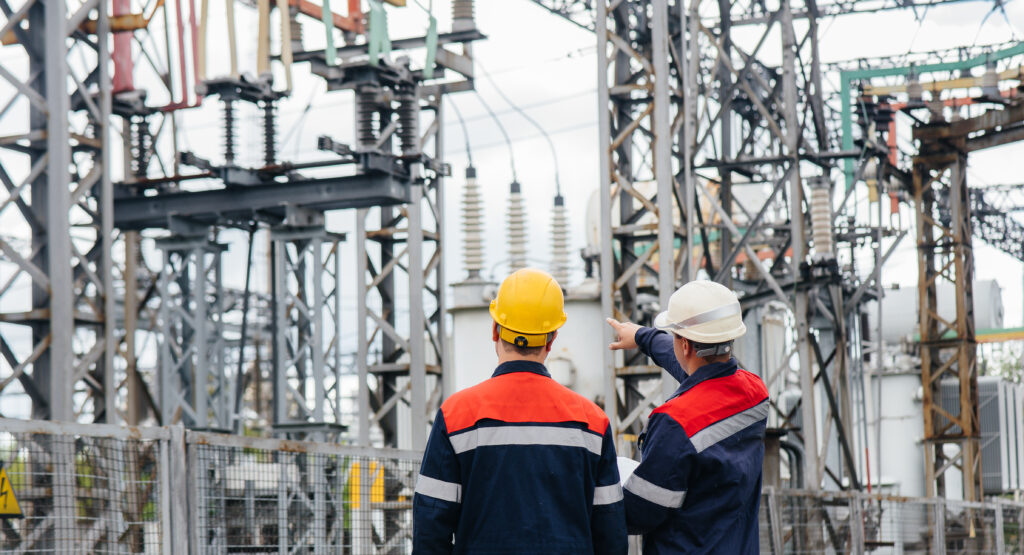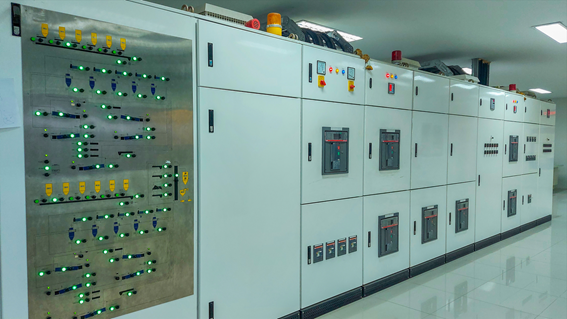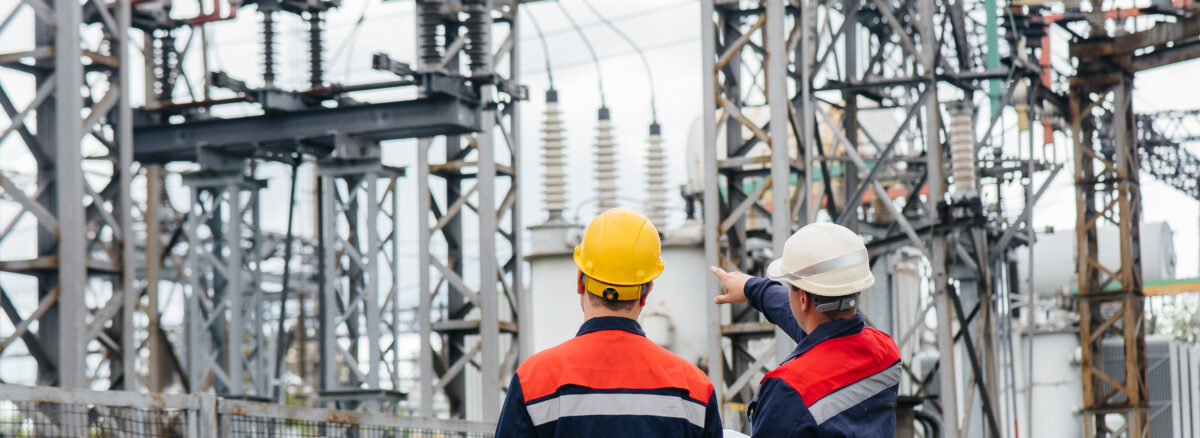- 15 May, 2024
- Francisco Gallego
- Comment: 0
- News

PREDICTIVE MAINTENANCE IN ELECTRICAL SUBSTATIONS

Electrical substations play a crucial role in the efficient transmission and distribution of electrical energy. To ensure the reliability and trouble-free operation of these critical infrastructures. MEP-Projects has delved into predictive maintenance, which has emerged as a key strategy. This proactive approach uses advanced technologies and data analytics to anticipate potential equipment and system failures, enabling more efficient planning of maintenance activities. In the following, we will explore the essential stages of predictive maintenance in substations.
1. Continuous Condition Monitoring:
The first stage of predictive maintenance involves the implementation of sensors and monitoring devices in the substation. These devices collect real-time data on critical variables such as temperature, humidity, vibration, electrical current and power quality. Continuous monitoring provides a detailed view of the operational status of the equipment and allows early detection of any deviation from normal conditions.
2. Data Collection and Storage:
Data collected during continuous monitoring are stored in data management systems. It is crucial to have a robust infrastructure for storing large amounts of information, as the quality of subsequent analyses depends to a large extent on the integrity and accessibility of historical data.
3. Data Analysis:
In this stage, advanced algorithms and data analysis techniques are applied to identify patterns, trends and anomalies. Data analysis allows to assess the health status of the equipment and determine if there are signs of deterioration or possible imminent failures. Tools such as machine learning and artificial intelligence are used to improve the accuracy of predictions. The supervision and expertise of the MEP-Projects team is essential when performing this data analysis.
4. Predictive Modeling:
Predictive modeling involves the creation of mathematical models based on historical and real-time data. These models are essential for predicting the future behavior of equipment and systems based on current conditions. The sophistication of these models can vary from simple regressions to complex deep learning algorithms.
5. Priority Identification and Maintenance Planning:
Once the previous stages are completed, priorities in terms of maintenance are identified. Equipment with the highest risk of failure or deterioration is highlighted, and maintenance activities are proactively planned. This allows for a more efficient allocation of resources and a significant reduction in unplanned downtime.
6. Implementation of Maintenance Strategies:
Based on identified predictions and priorities, appropriate maintenance strategies are carried out. These can range from visual inspections and cleaning to repairs or replacement of critical components. Advance planning improves the effectiveness of these interventions, minimizing the impact on the ongoing operation of the substation.
In conclusion, predictive maintenance in electrical substations offers a comprehensive methodology to ensure the reliability and efficiency of the electrical system and in that sense MEP-Projects offers its expertise to clients in the process of design, construction and maintenance of substations. By implementing these steps, companies can maximize operational availability, reduce costs and improve safety, thus contributing to a more reliable and sustainable energy supply.

Made by Juan Luis Gavira (Sr. Electrical Engineer)

